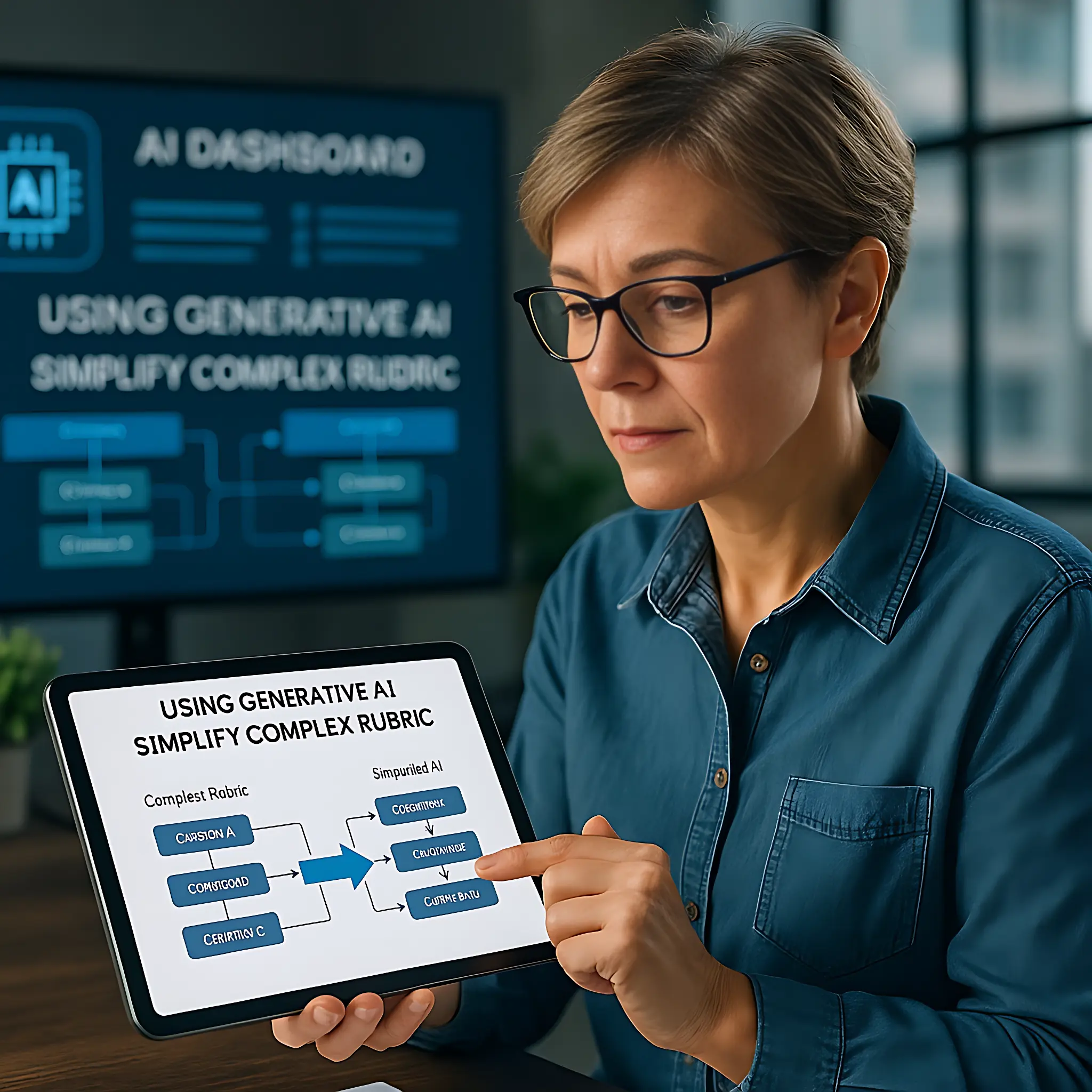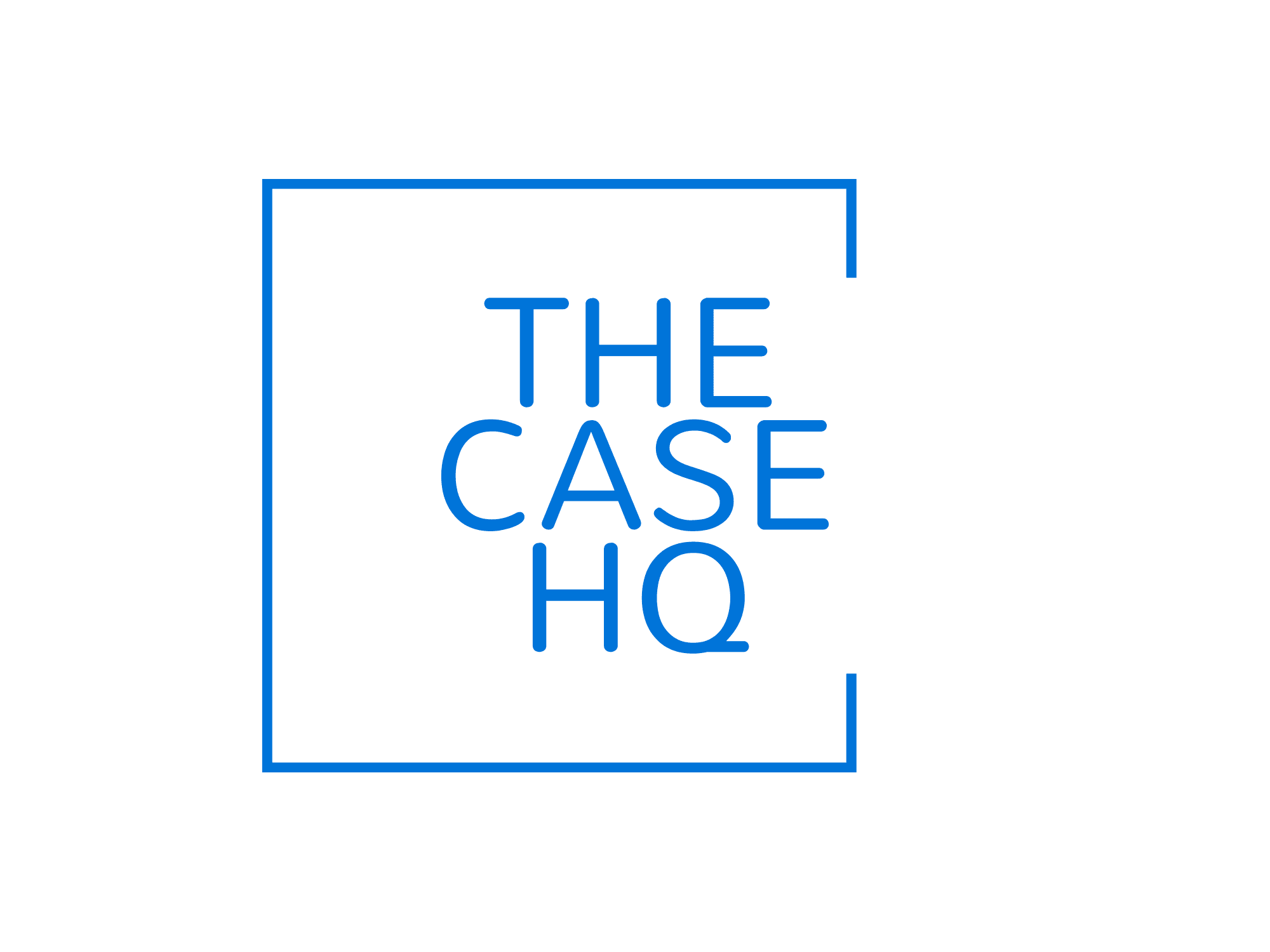Rubrics are essential in modern education—but they’re also getting increasingly complex. As institutions shift toward competency-based education, programmatic assessment, and multi-modal evaluation, educators often find themselves juggling lengthy rubrics that are difficult to apply consistently and transparently.
This is where Generative AI (Gen AI) steps in.
Rather than replacing educators, Gen AI is emerging as a collaborative partner, simplifying rubric design, alignment, feedback generation, and application. It’s helping universities, training providers, and even MOOC platforms make rubrics more usable, dynamic, and learner-focused.
This article explains how Gen AI tools can be used to simplify complex rubrics, without compromising rigour or educational intent.
Why Are Rubrics So Complex in 2025?
Multi-Dimensional Outcomes
Institutions must now assess:
- Domain knowledge
- Critical thinking
- Soft skills
- Digital competencies
- Ethical reasoning
Often, all within the same assignment.
Accreditation & Framework Mapping
Rubrics are no longer just classroom tools—they must map to:
- Course Learning Outcomes (CLOs)
- Program Learning Outcomes (PLOs)
- National Qualification Frameworks (e.g., UAE NQF, UK QAA)
Digital and AI-Infused Learning Formats
Assessments span across:
- Video presentations
- Simulations
- Discussion threads
- AI-assisted writing
This diversity makes traditional rubrics harder to manage.
How Gen AI Simplifies Rubric Design
Generative AI tools like GPT-4, Claude, and Gemini can now act as rubric co-creators, offering:
1. Auto-Generated Rubric Criteria from Learning Outcomes
Educators can input:
“Create a rubric for a capstone project aligned with PLOs on strategic thinking, ethical leadership, and data-driven decision-making.”
Gen AI responds with:
- Clear criteria
- Progression levels (e.g., Exceeds, Meets, Developing)
- Descriptors aligned to Bloom’s taxonomy or SOLO taxonomy
Bonus: The AI can adjust the wording to fit institutional language and tone.
2. Simplified Language for Learner Understanding
One of the biggest problems with complex rubrics?
They’re unreadable—especially for non-native English speakers or mid-career executive learners.
Gen AI can translate technical descriptors into plain language, increasing transparency.
Example:
“Demonstrates epistemic metacognition with minimal scaffolding”
becomes:
“Shows clear understanding of how they think and learn, with little external help.”
3. Rubric Condensation & Prioritization
Instead of a 7-page rubric with 12 dimensions, Gen AI can help:
- Cluster overlapping criteria
- Highlight essential vs. optional elements
- Reduce descriptor repetition
This creates a one-page visual rubric—more practical for both teachers and students.
Simplifying Rubric Application with Gen AI
1. Real-Time Scoring Support
AI assistants embedded in LMS platforms (like Canvas or Moodle) can read student submissions and suggest scores for each criterion.
This saves time and improves consistency in large cohorts.
2. Feedback Drafting per Rubric Level
Instead of generic comments, Gen AI tools generate tailored feedback per dimension.
Example:
For a learner who partially met “Strategic Recommendation”:
“You’ve outlined a promising approach, but your analysis lacks depth on risk assessment. Consider applying SWOT or PESTEL to strengthen your rationale.”
3. Rubric-Based Learning Analytics
By linking Gen AI with institutional data systems, educators can:
- See how students are performing across rubric dimensions
- Identify weak spots in curriculum design
- Refine rubric language based on actual outcomes
This turns rubrics into data-driven learning tools.
Practical Use Case: CaseHQ’s Rubric Simplification Workflow
Context: TheCaseHQ.com offers executive courses and case-based certifications.
Old Problem:
Faculty used complex, 4-page rubrics for marking strategic leadership assignments. Many students didn’t understand the rubric. Feedback was delayed.
New Solution:
A generative AI plugin now:
- Parses course outcomes
- Suggests condensed rubrics with 5 high-impact criteria
- Auto-drafts feedback per student
- Maps rubric data to CLO dashboards
Result: 35% reduction in grading time and 48% increase in student satisfaction.
Tips for Using Gen AI to Simplify Rubrics (Without Losing Rigor)
| Practice | Benefit |
|---|---|
| Start with CLOs/PLOs | Ensures educational alignment |
| Use AI to rewrite, not invent | Preserves academic integrity |
| Compare with existing rubrics | Prevents duplication or loss of essential content |
| Involve learners in simplification | Promotes transparency and self-assessment |
| Retain final control | AI assists, but human judgment prevails |
Tools That Help Simplify Rubrics with Gen AI
| Tool | Functionality |
|---|---|
| ChatGPT / Claude | Generate and rewrite rubric criteria |
| Learnosity AI | Auto-grade based on rubric descriptors |
| Gradescope | AI-assisted marking and rubric application |
| Notion + AI | Embed rubrics, learning outcomes, and simplification logic |
| ChatPDF + AI | Summarize large rubric documents for redesign |
Risks & Cautions
- Over-Simplification:
Stripping too many layers can weaken assessment validity. - Hidden Bias in AI Suggestions:
Some AI systems prioritize Western frameworks or normative phrases. - Rubric Misuse:
Faculty may apply AI-simplified rubrics to assignments that need deeper scrutiny.
Always review outputs with a critical lens.
Future Trends: The Rise of Adaptive Rubrics
In 2025–2026, we’re likely to see:
Dynamic Rubrics
Rubric criteria will adapt to student performance. For example, if a learner consistently excels, criteria may become more challenging over time.
Personalized Rubrics
Different learners may receive tailored rubric versions aligned to their prior experience or career path.
Standardized AI-Readable Rubrics
Expect growth in interoperable standards (like JSON-LD or IEEE P2881) that allow rubrics to be machine-readable across LMS platforms.
Conclusion: From Static Grids to Intelligent Scaffolds
Rubrics are evolving.
With the help of Gen AI, educators can move from static, overwhelming documents to intelligent scaffolds that guide, evaluate, and inspire learners.
The goal isn’t to dumb down assessment—it’s to make it usable, human-centered, and future-ready.
Simplifying complex rubrics with Gen AI is not about cutting corners—it’s about clearing the path for meaningful learning, both at scale and with precision.
Visit The Case HQ for 95+ courses
Read More:
Learning Outcomes from CAIBS: Real Strategic Impact for AI Business Leaders
Careers After CAIBS: Top 10 Job Roles for Certified AI Business Strategists
Certified AI Business Strategist: Real-World Impact Across Industries
How AI Is Transforming Executive Leadership in 2025
How Case Studies Build Strategic Thinking in Online Learning
From Learning to Leading: Using Case Studies in Executive Education
Best Practices for Integrating Case Studies in Online Courses
Case Method vs Project-Based Learning: What Works Better in 2025?
How to Upskill in AI Without a Technical Background
Why Microcredentials Are the Future of Professional Growth
Best Practices for Building AI-Supported Marking Schemes



Responses